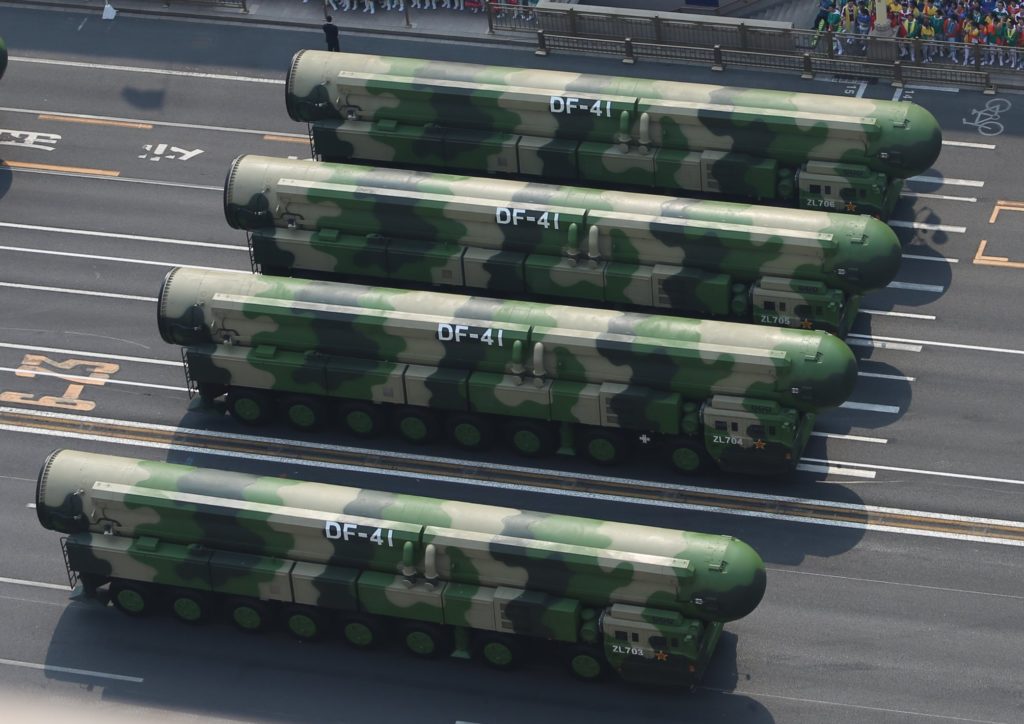China launches intercontinental ballistic missile into the Pacific Ocean
26 September, 2024 The launch of the DF-41 intercontinental ballistic missile, September 25, 2024. Photo credits: Ministry of National Defense People's Republic of China For the first time in 40 years, China has launched a DF-41 intercontinental ballistic missile beyond its borders.
The Ministry of National Defense People's Republic of China reported on this. A ballistic missile with a simulated nuclear warhead was launched at 8:44 a.m. Beijing time and landed in a designated area in international waters of the Pacific Ocean.
The Ministry reported that a mobile launcher with a DF-41 missile was used for the firing, ranging between 12,000 and 15,000 kilometers. The flight route and the place where the missile fell were not reported. The Chinese state news agency Xinhua reported that the missile launch "effectively tested the characteristics of weapons and equipment, as well as the level of training of the troops, and achieved the expected goals."
 China's DF-41 solid-fuel intercontinental ballistic missile. Photo credits: mass media of the People's Republic of China
China's DF-41 solid-fuel intercontinental ballistic missile. Photo credits: mass media of the People's Republic of China
Chinese media reported that the government had informed "relevant countries." However, Japan, along with Australia and New Zealand, said it had not received a warning and expressed concern. A Pentagon official stated that the United States had received "some advance notice" of the test from the Chinese government, calling it "a step in the right direction...to prevent any misperception or miscalculation."
The last time China conducted an international ICBM test was in the 1980s. Since then, similar launches of intercontinental missiles have been conducted domestically in the Taklamakan Desert.
Building up the nuclear arsenal
The Pentagon's report on China's military power says that Beijing is exceeding previous forecasts of how fast it is building up its nuclear weapons arsenal. According to the U.S.
Department of Defense, as of May 2023, China had more than 500 nuclear warheads in its arsenal, being 100 more than last year. The U.S. Department of Defense believes that China is likely to double this number to more than 1,000 nuclear warheads by 2030 and that the number is expected to grow.
China's nuclear arsenal is still much smaller than those of the United States and Russia.
According to the independent Stockholm International Peace Research Institute, as of January, Russia had 5,889 nuclear warheads, while the United States had 5,244.